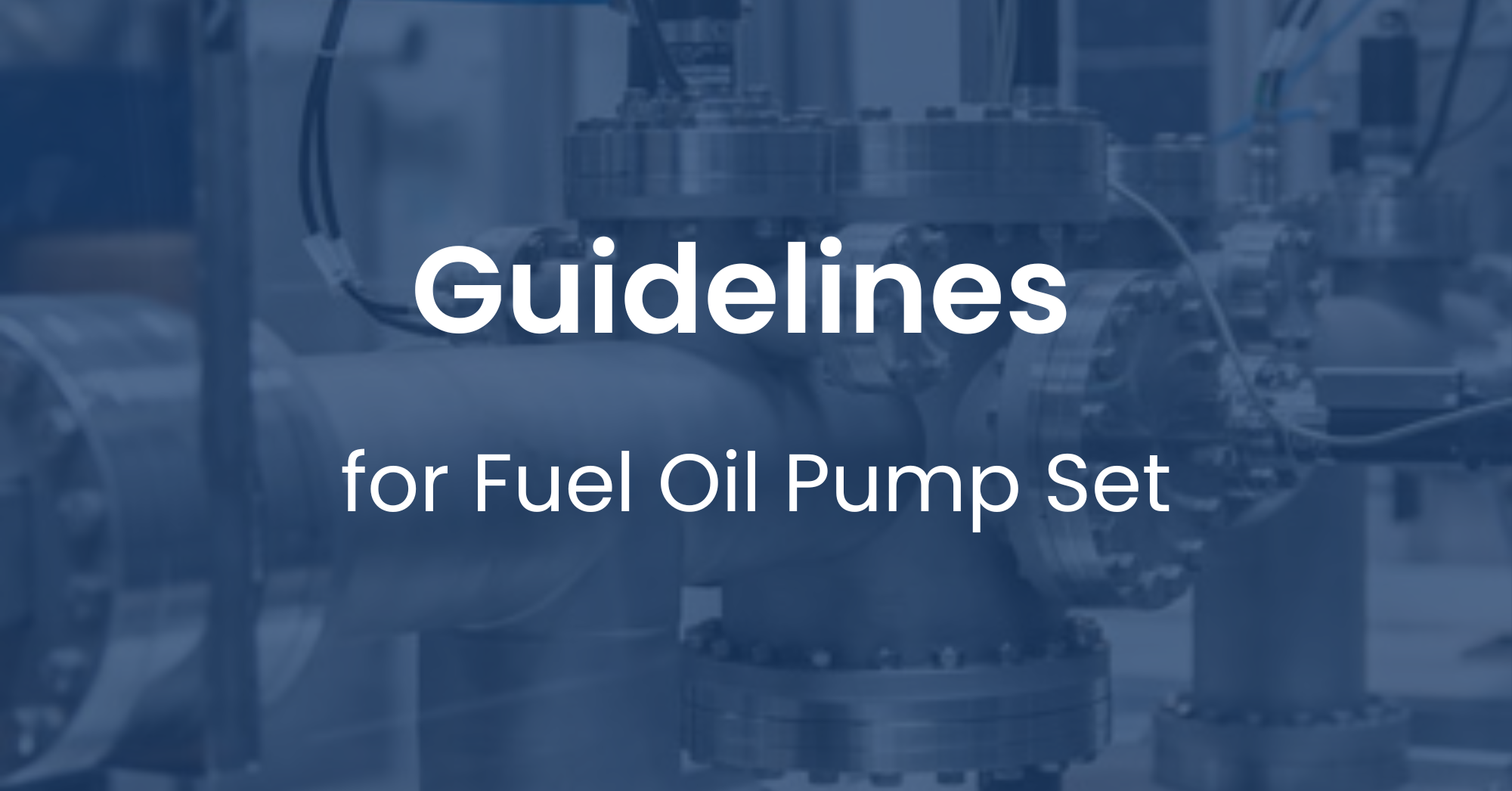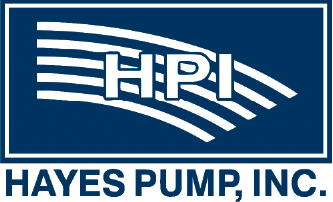Home » Blog » Guidelines for Fuel Oil Pump Set: What You Need to Know
Guidelines for Fuel Oil Pump Set: What You Need to Know

Fuel oil pumps play a critical role in moving and pressurizing fuel for heating systems, burners, and other industrial applications. Whether you’re working with commercial boilers, power plants, or residential heating systems, a reliable fuel oil pump ensures safe and efficient operation.
This guide explains what fuel oil pumps are, how they work, common issues, and key considerations when selecting one.
What Is a Fuel Oil Pump?
A fuel oil pump is a device that moves fuel oil from a storage tank to a burner or combustion system at the proper pressure.
-
Residential use: delivers heating oil to boilers or furnaces.
-
Commercial/industrial use: supports larger systems, such as generators, burners, and power plants.
Without a properly functioning pump, fuel won’t flow consistently—leading to poor performance, higher costs, or even system shutdowns.
How Does a Fuel Oil Pump Work?
Most fuel oil pumps operate using positive displacement, meaning they trap a fixed volume of fuel and push it through the system.
Step by step:
-
Fuel enters the pump from a storage tank.
-
Pressure builds as the pump’s internal mechanism (gears, vanes, or pistons) pushes the fuel forward.
-
Regulators and valves control the flow and maintain safe operating pressure.
-
Fuel exits the pump at the correct pressure for combustion.
This precise control ensures consistent burner operation and efficient fuel use.
Common Applications for Fuel Oil Pumps
Fuel oil pumps are found in:
-
Heating systems – residential boilers and furnaces.
-
Power generation – delivering fuel to industrial burners and turbines.
-
Marine systems – providing reliable fuel transfer at sea.
-
Backup systems – supplying generators during outages.
Why Fuel Oil Pumps Fail (and What to Watch For)
Like any mechanical system, fuel oil pumps require maintenance. Common issues include:
-
Clogged filters or lines – restricting flow and reducing pressure.
-
Seal wear or leaks – allowing fuel to escape, creating safety risks.
-
Incorrect pressure settings – leading to incomplete combustion or wasted fuel.
-
Air leaks – causing irregular operation or pump failure.
Regular inspection and timely maintenance can prevent costly breakdowns.
FAQs About Fuel Oil Pumps
Q: How do I know if my fuel oil pump is failing?
A: Look for irregular heating, strange noises, fuel leaks, or frequent burner lockouts. These are signs a pump may need service.
Q: Do all fuel oil pumps work with every heating system?
A: No—pumps are designed for specific flow rates, pressures, and fuel types. Always match the pump to your system requirements.
Q: How often should a fuel oil pump be serviced?
A: Annual maintenance is recommended, including checking filters, seals, and pressure settings.
Q: Can I repair a pump myself?
A: Some minor fixes (like replacing filters) can be DIY, but most pump repairs require specialized tools and knowledge. It’s best to rely on certified technicians.
Key Takeaways
-
Fuel oil pumps ensure reliable delivery of fuel to heating and combustion systems.
-
They work by creating controlled pressure through positive displacement.
-
Pumps are used in residential, industrial, and power generation applications.
-
Common issues include clogs, leaks, and improper pressure settings.
-
Regular maintenance extends pump life and prevents costly downtime.
Need Help with Fuel Oil Pumps?
A failing fuel oil pump can lead to inefficient heating, system downtime, or even safety hazards. Hayes Pump is a factory-trained and authorized repair center for leading pump manufacturers.
Our team can help with:
-
Troubleshooting pump failures
-
Selecting the right pump for your application
-
Preventive maintenance to extend equipment life
Contact Hayes Pump today for expert repair, service, or replacement solutions.
Originally published November 2023. Updated August 2025 to include the latest insights and best practices.




